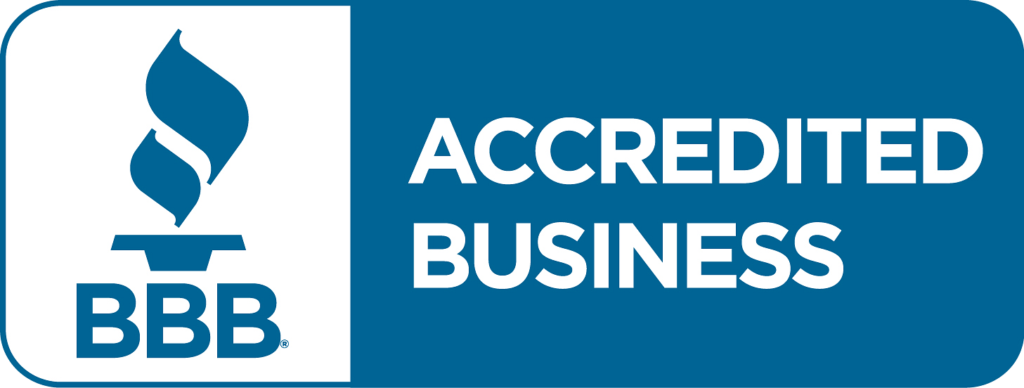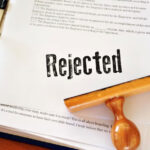Here I discuss how an Applicant can combat obviousness rejection and respond to the Examiner and rebuttal. In part 1 of this blog, I told you about what obviousness rejection is and how an Examiner concludes an obviousness rejection.
In most circumstances, a reply may include arguments and amendments. I recommend that the Applicant makes as many of these arguments as possible when responding to an obvious rejection. Then, even if they are not persuasive, the responses may be helpful on appeal.
Combating patent obviousness rejections- amending claims
Table of Contents
Toggle
After receiving a patent obviousness rejection from the Examiner, it is crucial to carefully analyze the Examiner’s analysis to determine the safest way to amend the claims. For example, suppose the Examiner does not reject a dependent claim, and you have an indication that the Examiner considers the non-rejected claim to be the patentable subject matter. In that case, you can amend the claims in two different ways to get a grant. First, you can either re-write the dependent claim into an independent claim. Second, amend the existing independent claim, including the elements of the dependent claim to get a grant. The key consideration in this situation is if the allowable invention feature has acceptable commercial value and usefulness to the Applicant. In this case, accepting the Examiner’s recommendation can be expedient. Also, if required, the Applicant can pursue the rejected (normally broader) subject matter in a continuation application.
Another type of amendment is one not found in the prior art but adds an insignificant element. This is easily done concerning mechanical inventions, which involve physical structures. Adding a structural limitation to a claim can be persuasive, even if it gives little away.
Combating patent obviousness rejections- arguments

For best arguments, the Applicant should determine if the Examiner established a prima facie case of patent obviousness rejection based on the two legal requirements to overcome an obviousness rejection. The first requirement, the skilled person must have a reason to some motivation to combine the prior art teachings. Second, the skilled person must have some indication that there is a reasonable expectation of success by combining the prior art teachings. If the Examiner failed to make the one or both required findings, the Applicant might be able to argue that a factual basis does not support the rejection or that the findings are incorrect. Thus, the invention is not obvious.
To make their case more persuasive, the Applicant may submit the declarations of an inventor or expert witness to provide their opinions and facts that will demonstrate that the Examiner cannot make the required findings, so effectively, the Examiner should withdraw their patent obviousness rejection.
The Examiner cannot pick and choose only one aspect of a prior art reference, ignore other parts of the prior art, or ignore the central teaching to arrive at their position to arrive at the patent obviousness rejection. It would be improper within Section 103 framework to pick and choose from any reference parts or elements that support their position and disregard other parts necessary to thoroughly understand the full teachings of the reference to an ordinary person of skill in the art. In such a situation of a patent obviousness rejection, the Examiner limits what other information may help support their arguments. Instead, all parts must work together as part of each whole idea presented by any single given prior art reference. Therefore, an Examiner may not just consider a few elements while skipping over others if they want a permissible patent obviousness rejection, In re Wesslau, 353 F.2d 238 (CCPA 1965).
The Examiner cannot take an aspect of a reference out-of-context and give it a meaning that a person skilled in the art would not consider. The prior art reference and its teaching must be considered as a whole, In re Enhanced Security Research, LLC, 739 F.3d 1347, 1355 (Fed. Cir. 2014). Moreover, the Examiner can not use the prior art references with hindsight to find obviousness. The examiner must make all arguments by keeping in mind the application’s filing date; all knowledge and understanding to make the patent obviousness rejection must be known before the application’s priority date.
Additionally, the Examiner can not ignore any teachings away from what you claim as your invention, which means that the prior art reference warns against trying to venture in the direction of making your invention, Spectralytics Inc. v. Cordis Corp., 649 F.3d 1336, 1343 (Fed. Cir. 2011). For example, suppose the prior art references suggest that an aspect of your invention is not possible or a combination may result in unwanted features. In that case, on reading the references, a person of ordinary skill in the arts would be discouraged from making the invention or taking a different course; thus, teaches away from your invention, and the Examiner can not use the reference for patent obviousness rejections.

Furthermore, this “teach away” concept also applies to accepted knowledge and wisdom in the field at the time or before the patent application was filed. Therefore, if a claimed invention is contrary to the established wisdom at the time the patent was filed is compelling evidence of nonobviousness, In re Hedges, 783 F.2d 1038, 1041 (Fed. Cir. 1986).
Another argument is that the prior art modification would change the principle of operation of the prior art reference. In that case, a patent obviousness rejection cannot remain because the prior art teaching does not support the prior art modification to arrive at your invention. In this case, MPEP states, “if the proposed modification … would change the principle of operation of the prior art invention being modified, then the reference teachings are not sufficient to render the claims prima facie obvious,” MPEP §2143.01.
Because the Supreme Court in the KSR case recommended several categories of obviousness that required a combination of know elements (the prior art) with predictable results, any unpredictability or unexpected results is a strong argument against obviousness rejection. Therefore, you can include such data or evidence in a patent application if such data or evidence is available.
If any prior art modification would render it unsatisfactory or inoperable for its intended purpose of your invention, an obvious rejection cannot hold. In this case, there is no motivation to modify the prior art to arrive at your invention, and thus, no basis for the obviousness rejection, MPEP §2143.01.
It is important to remember that not all prior art is equally relevant. The prior art reference can concern a technology, address a different problem, and relate to a non-comparable technology field compared to your invention. When the prior art is quite different from that of your invention, it is appropriate to argue that the prior art reference is “non-analogous.”
Finally, you can argue commercial success provided the invention had a real business achievement. These are referred to as secondary considerations. Some of the secondary considerations are the invention’s commercial success, long-felt but unresolved needs, the failure of others, skepticism by experts, invention praise by others, recognition of a problem, copying of the invention by competitors, and similar other relevant factors. The Applicant must show a nexus between the nonobviousness of the invention and the secondary considerations. In other words, the secondary considerations must be due to the nonobviousness. For example, commercial success is based on the fact that others must have tried and failed if there was a market need, which suggests that the inventor’s success is genuinely nonobvious. Not all secondary considerations may be similarly persuasive. For example, if the success was due to excellent and aggressive marketing, the invention’s nonobviousness becomes unclear.
However, the most persuasive arguments put to Examiners are those supported by amendments, facts, and/or the opinions of expert witnesses.

Conclusion
We draft a patent application properly to combat patent obviousness rejections. The risk of not combating patent obviousness rejection is too high if your patent application is not properly drafted. We offer services that cover the entire process for provisional and nonprovisional patent applications. Contact us for an initial free consultation if you want to get a patent.




